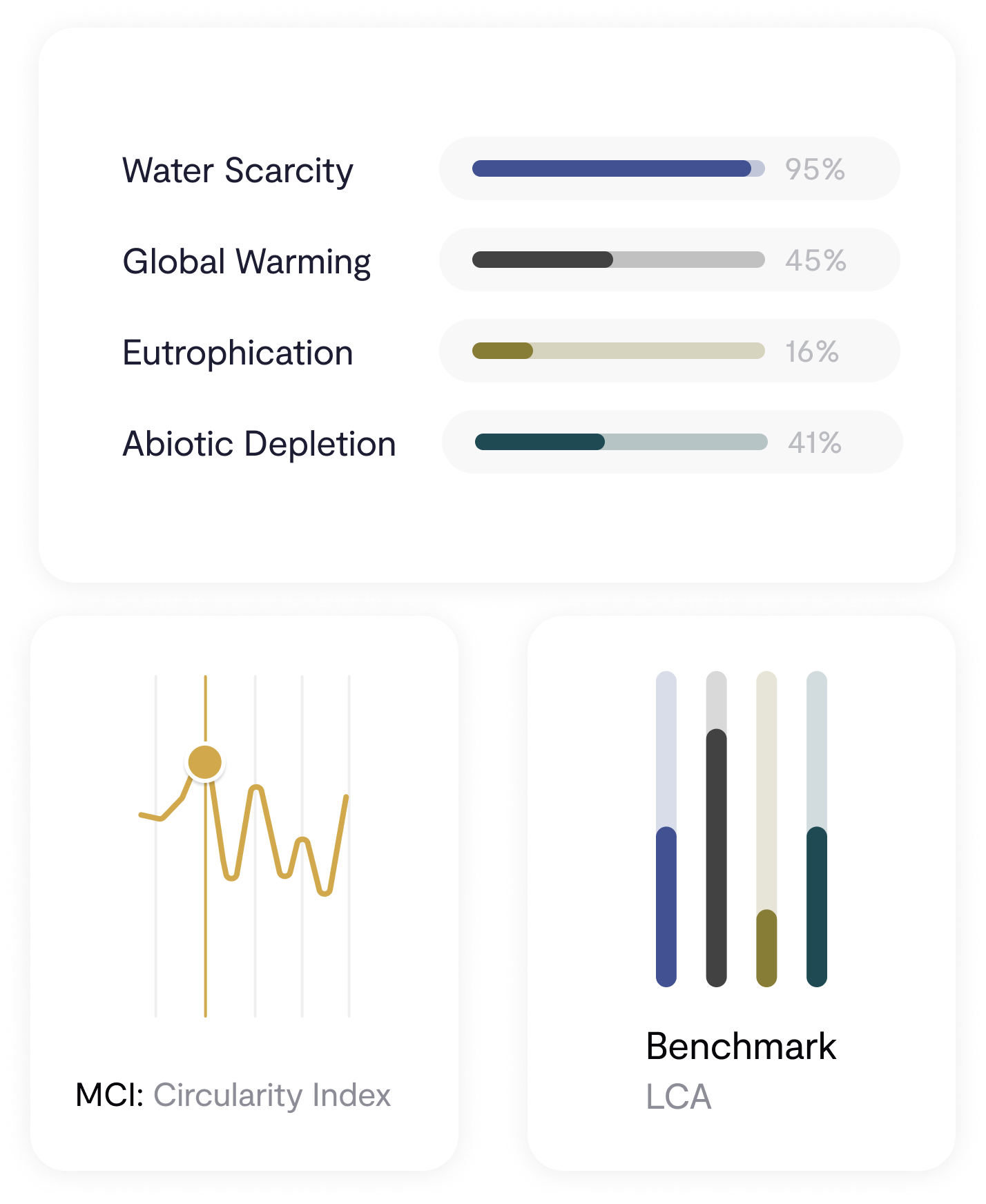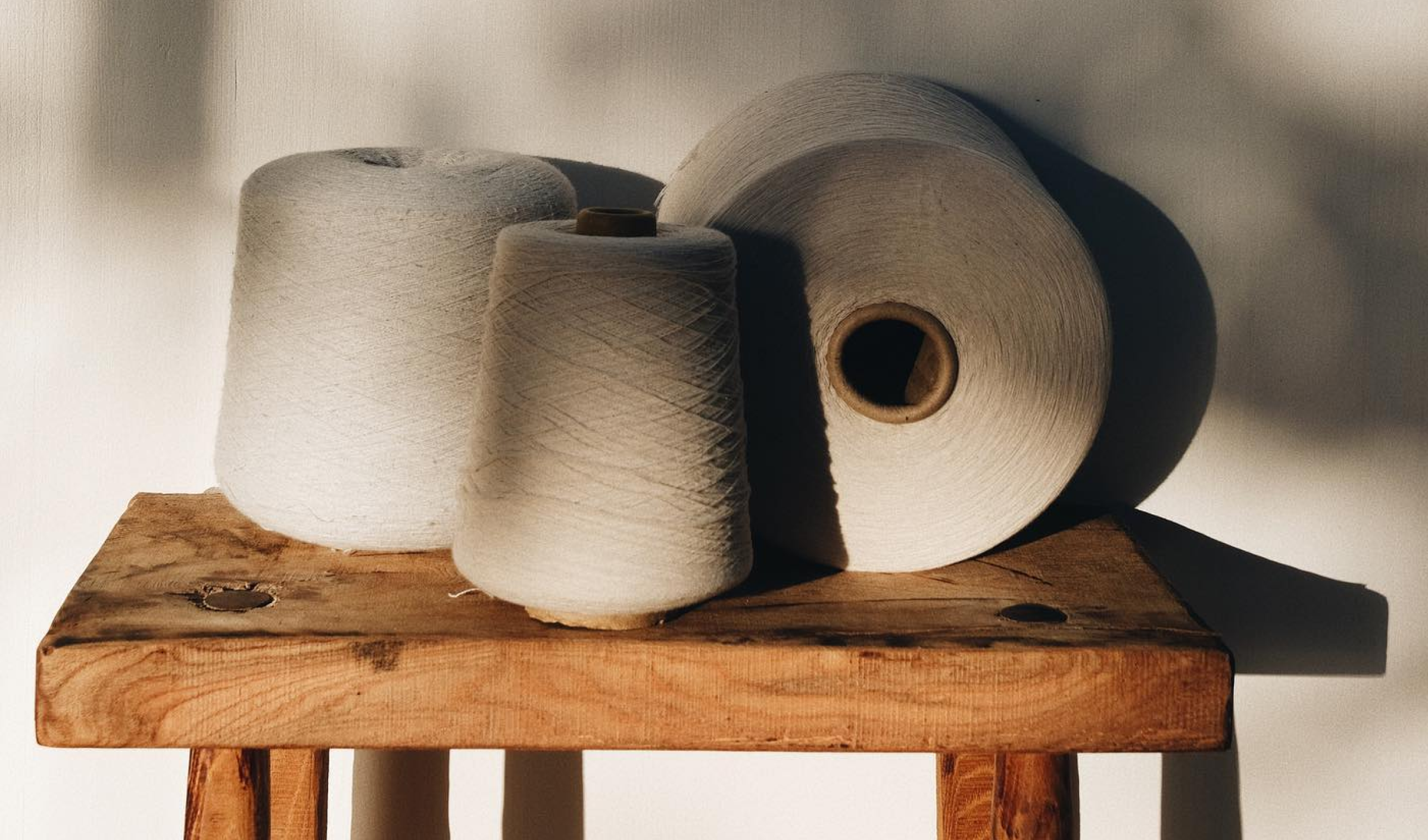The buzzing for circularity in fashion is real. During the 15th edition of the Global Fashion Summit, the need to accelerate the transition of the fashion industry towards circular fibers has been mentioned several times, balancing costs and quality. Technological advancements in textile-to-textile recycling are the industry’s great promise to reduce textile waste. However, there is little discussion about how companies in the sector can assess the current circularity of their products to determine the starting point. At BCome, we want to show you that circular fashion is much closer to your business than you imagine. We’ll tell you what essential data is needed to calculate the Circular Economy Indicators (CEI) of your items.
Isn’t it just as vague to talk about “circularity” as it is to talk about “sustainability” without providing figures?
If you visit the sustainability site of any fashion brand, it’s very likely that you’ll come across the term “circular” more than once. It seems that reusing is trendy among brands, but isn’t it just as vague to talk about “circularity” as it is to talk about “sustainability” without providing figures that bring transparency and truthfulness to the brand’s initiatives? Is it fair to say that recycled cotton is more circular than virgin cotton? Many businesses fall into the trap of talking about circularity only because they use recycled materials. However, to be able to declare more or less circularity, there is only one way: measurement.
Just as only through a Life Cycle Assessment can we understand the real impact of a product, the calculation of Circular Economy Indicators provides us with the necessary information to determine whether a product is more or less circular.
At BCome, we have previously discussed how the calculation of Circular Economy Indicators impacts textile companies. This set of key metrics will reflect the reality of your products with the following objectives:
- Evaluate the reuse of existing resources. This will give you information on the possibility of reintegrating into your production process the resources you are already using, which in turn will result in significant savings.
- Calculate the lifespan of your products. This can affect their price, as greater durability and reuse can add value to your items compared to less sustainable alternatives.
- Quantify the non-recoverable waste generated. This aspect is crucial for making better decisions on how to manage textile waste to reduce its environmental impact.
Furthermore, beyond reducing impact, evaluating the circularity of your products can have significant benefits for your business:
- Gain a competitive advantage in developing new products with higher circular performance.
- Provide indicators to transparently inform the end consumer.
- Have the necessary information to comply with the requirements of certain standards, such as the AGEC law.
What circularity metrics should your fashion business consider?
BCome’s Circular Economy Indicators methodology focuses on the circular aspects of products. Building on the methodology of the Ellen MacArthur Foundation’s Material Circularity Indicator (MCI), we analyze the restoration of material flows and calculate a wide variety of sub-indicators, including the following:
- Circularity score per item. Assigns a general score between 0 and 100% to the items, based on how circular the material flow is throughout the lifecycle and how long and intensively the item can be used compared to the industry standard.
- Recycled content. The proportion of materials included in the product sourced from recycled sources.
- Total unrecoverable waste. The waste generated throughout the lifecycle of the item, which will be disposed of in landfills or incinerated without energy recovery.
- Usage potential. Derived from the duration and intensity of use of an item compared to an average product in the industry of the same type.
At this point, we understand that calculating the circularity of your items is essential to accurately reflect the reality behind your products, which will help you make better decisions throughout your supply chain. However, the greatest challenge lies in knowing what information is necessary to evaluate the Circular Economy Indicators.
The quality of the collected information directly defines the accuracy of the results obtained
What information do you need to know to calculate the circularity of your items accurately?
At BCome, we are aware that the quality of the collected information directly defines the accuracy of the results obtained. Therefore, to calculate the Circular Economy Indicators, we require fashion companies to declare a minimum rate of information. This is not a complicated task, as it involves data that is within the reach of any business:
| Reach | Type of required information |
| Articles | – Name and reference – Units produced (assumption allowed) – Product category – Materials used – Weight of the item – Weight of each material within the item (assumption allowed) – Manufacturing losses (%) (assumption allowed) – Product application – Validation of ecodesign practices – Recovery rate through end-of-life collectors – Waste destination after collection – Energy recovery and recycling efficiency (assumption allowed) |
| Materials | – Material name – Material reference (assumption allowed) – Category – Composition percentages – Composition names – Material processing losses (%) (assumption allowed) |
All the information used to calculate the CEI is considered mandatory. However, in BCome’s methodology, some of these required data can be estimated if they are not available. Each analysis has a maximum limit of estimations based on data for which there is a standard estimation. It’s important to note that at least 68% of the data must be known, and a maximum of 32% can be estimated.
Our goal is to provide data that accurately reflects the reality of your items. We want you to be able to make strategic decisions that help you move towards a more circular business model. At BCome, we are aligned with the EU Circular Economy Action Plan and aim to provide you with the necessary tools to monitor progress towards a circular economy, as well as the direct and indirect benefits this can have on your business.
It’s understandable if you have doubts about how to start implementing these indicators in your company. Get in touch with our team of experts, and we’ll be happy to assist you on your journey towards circularity.









